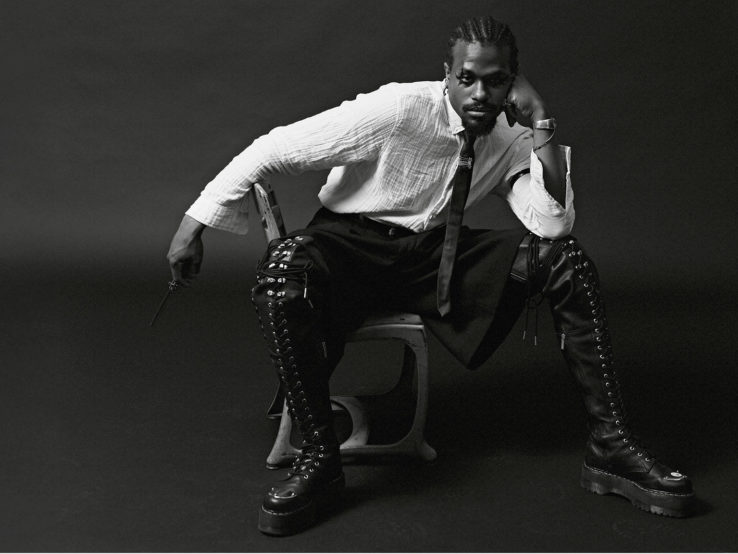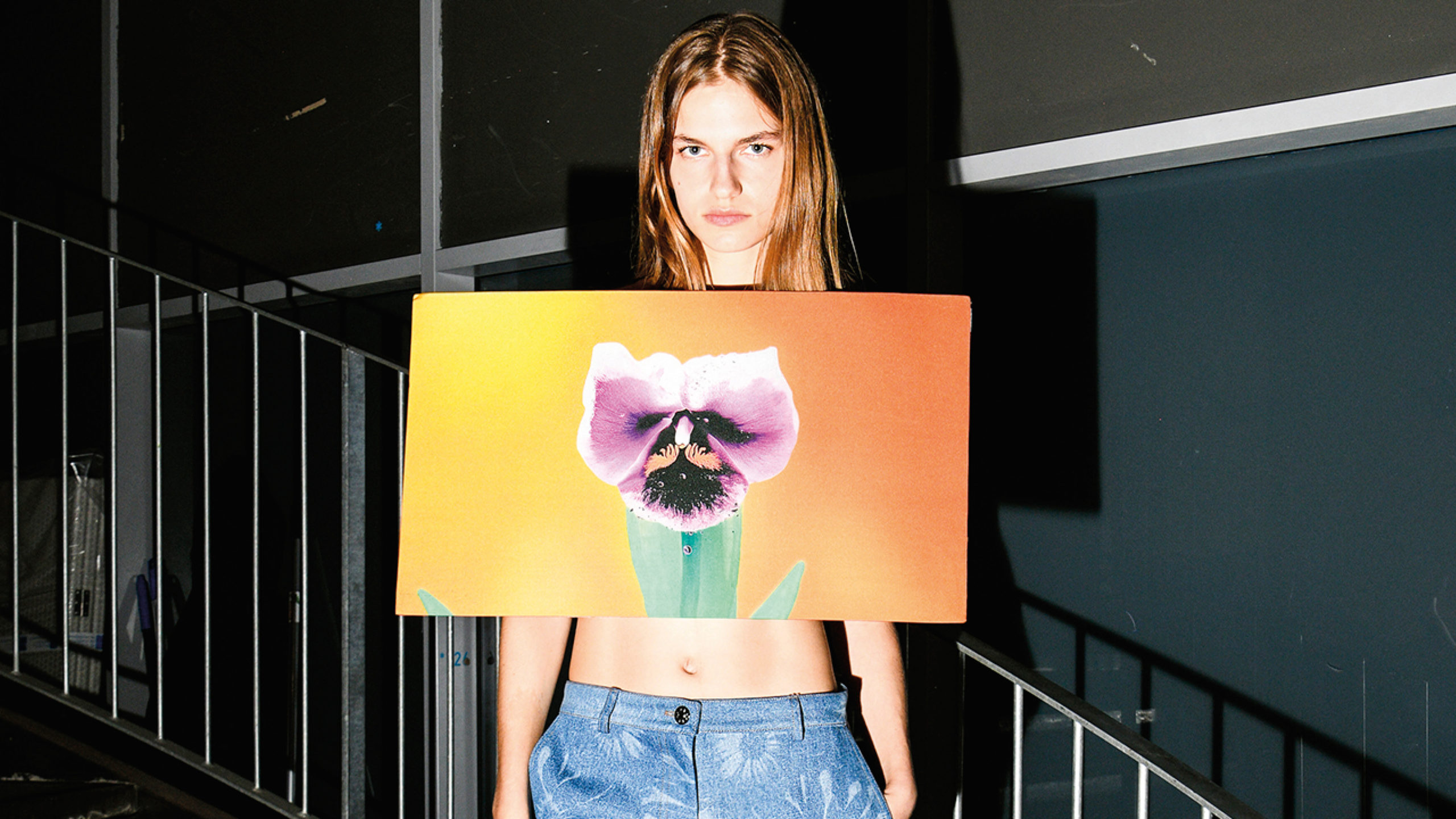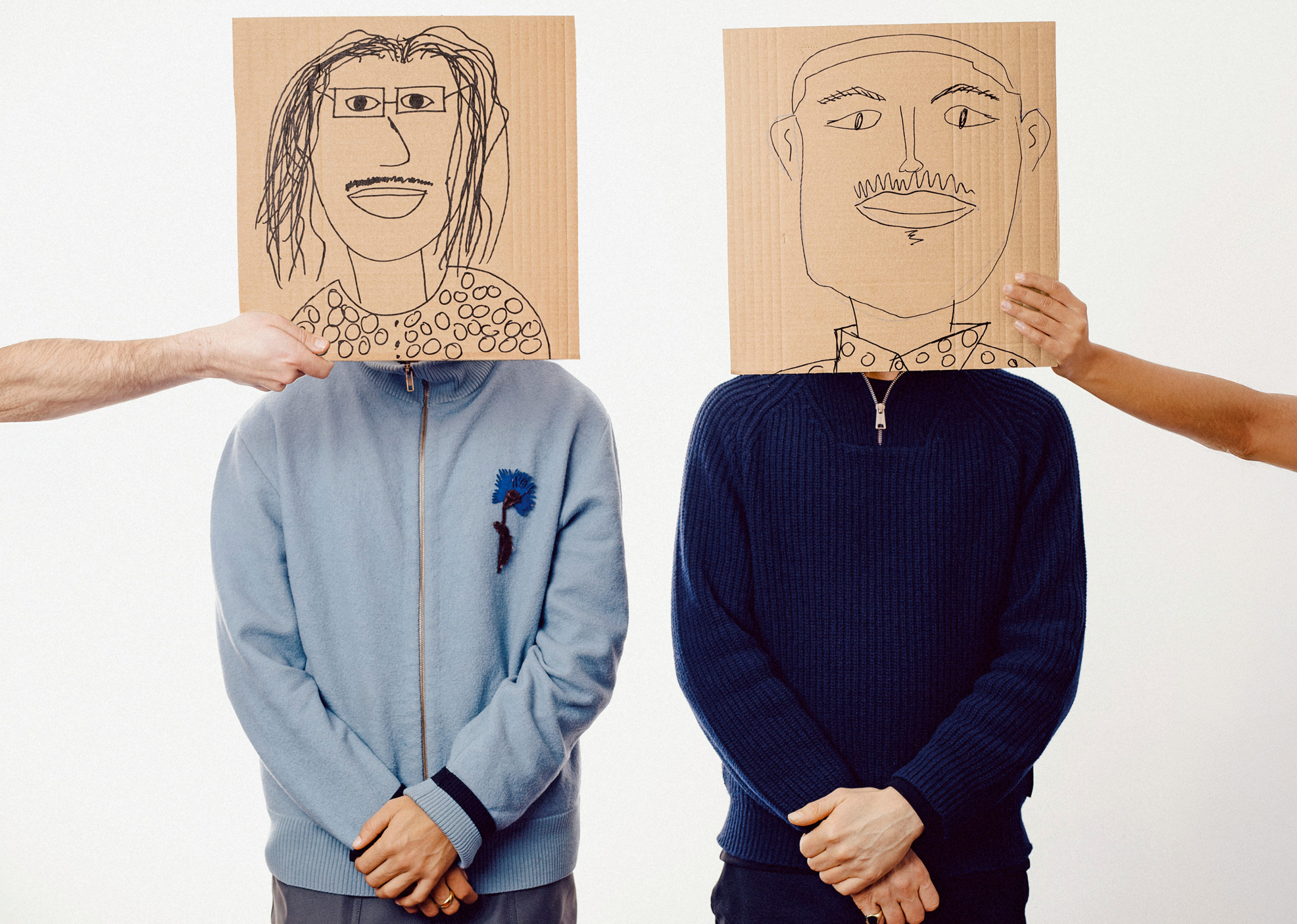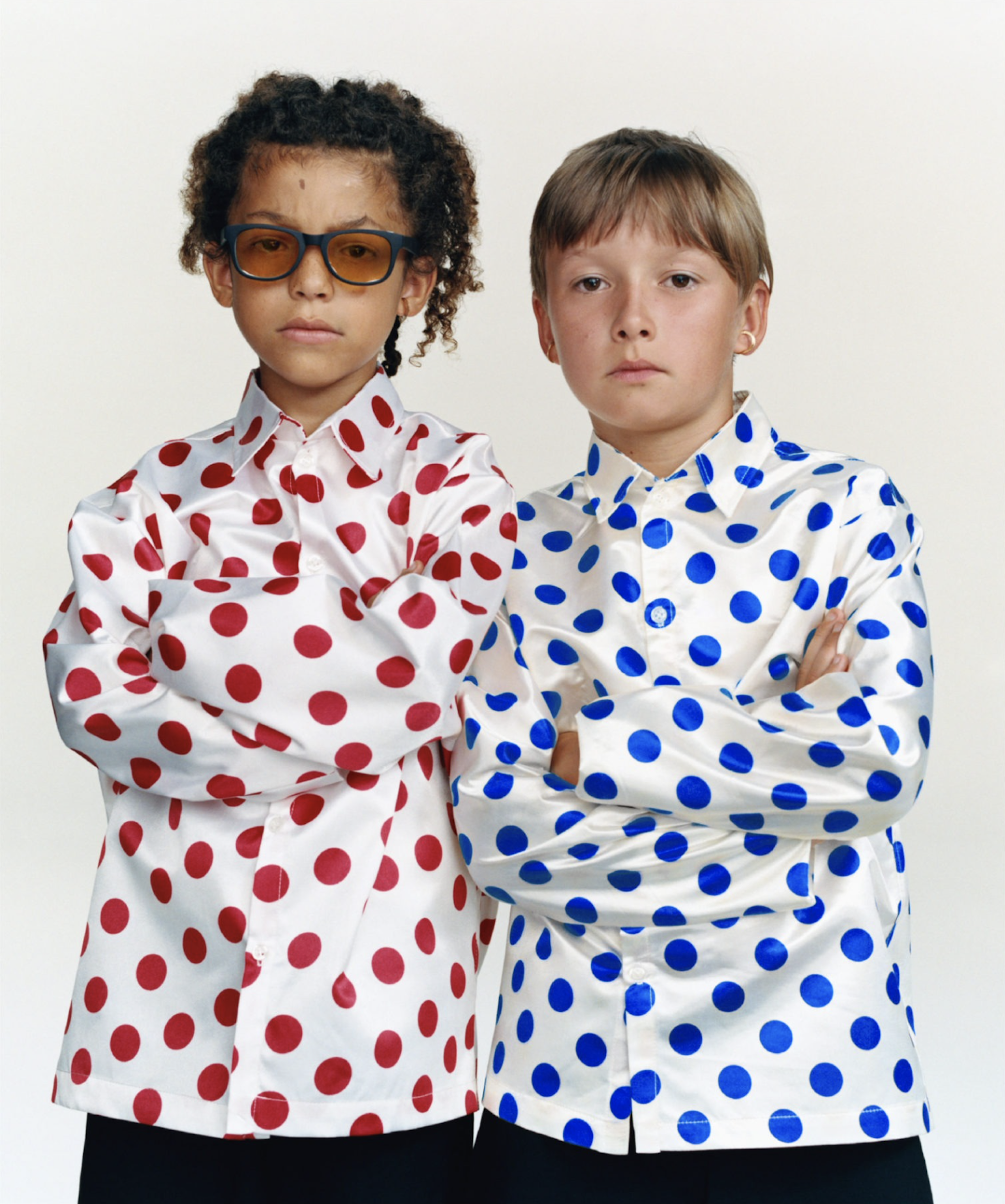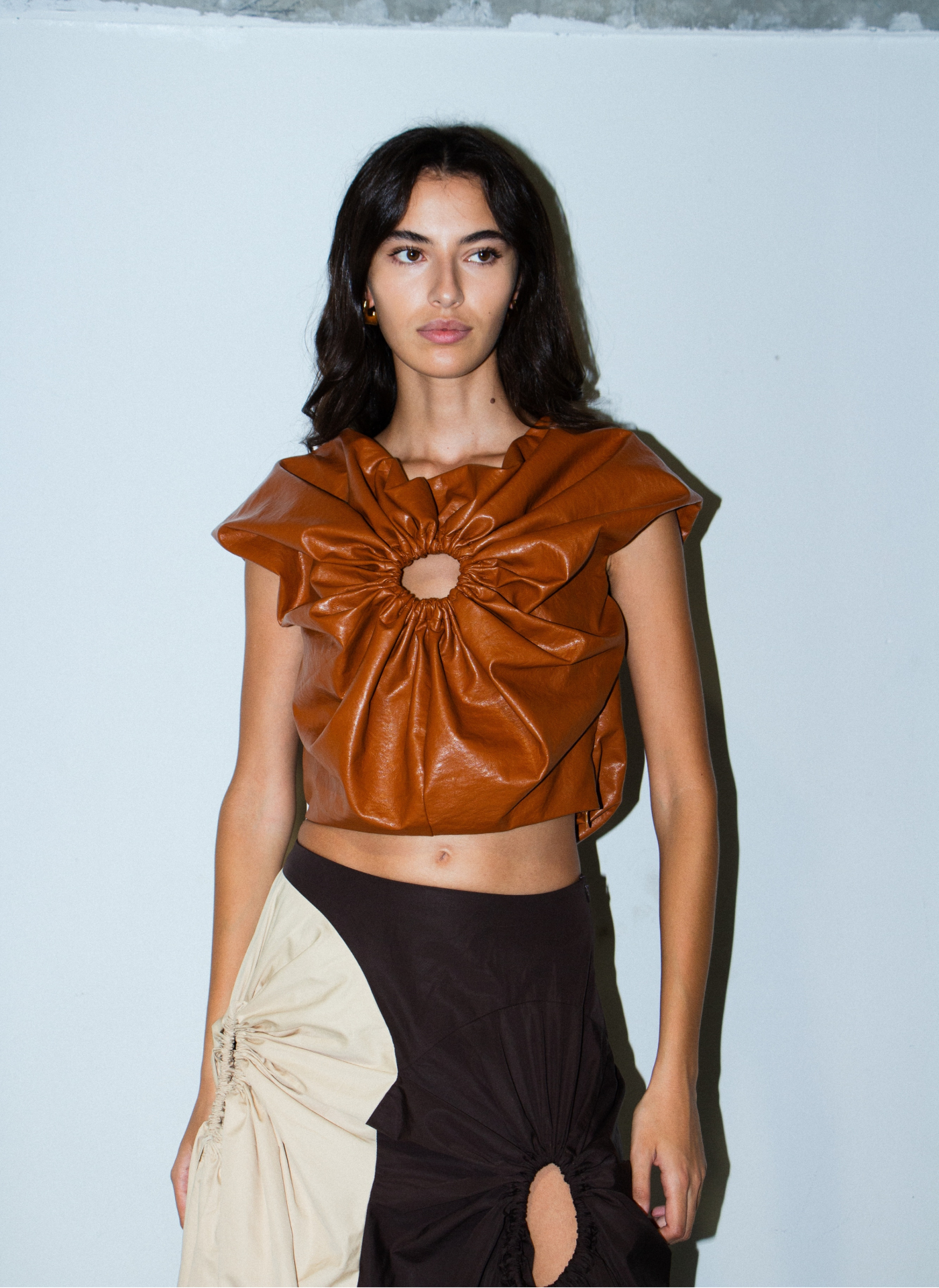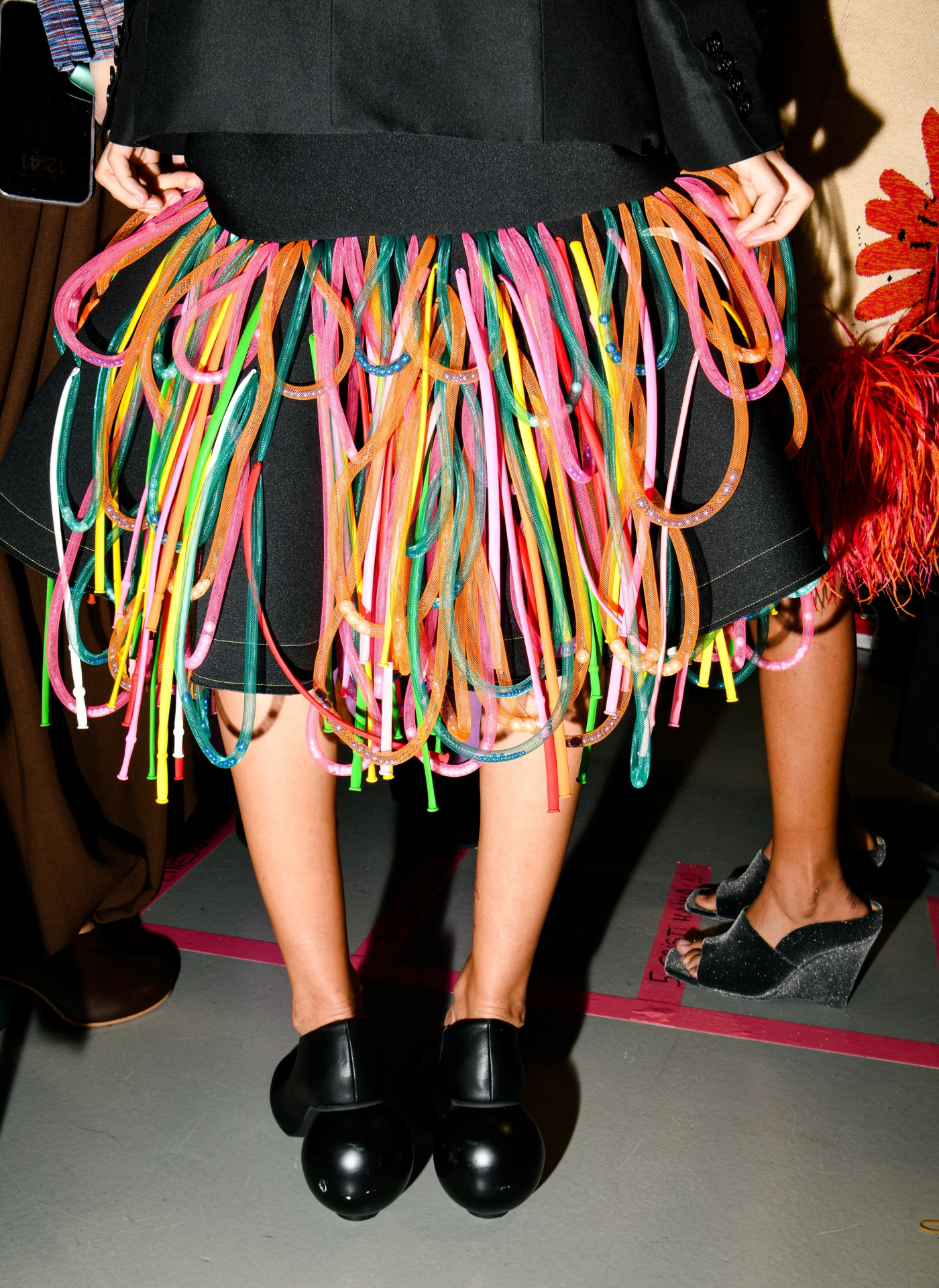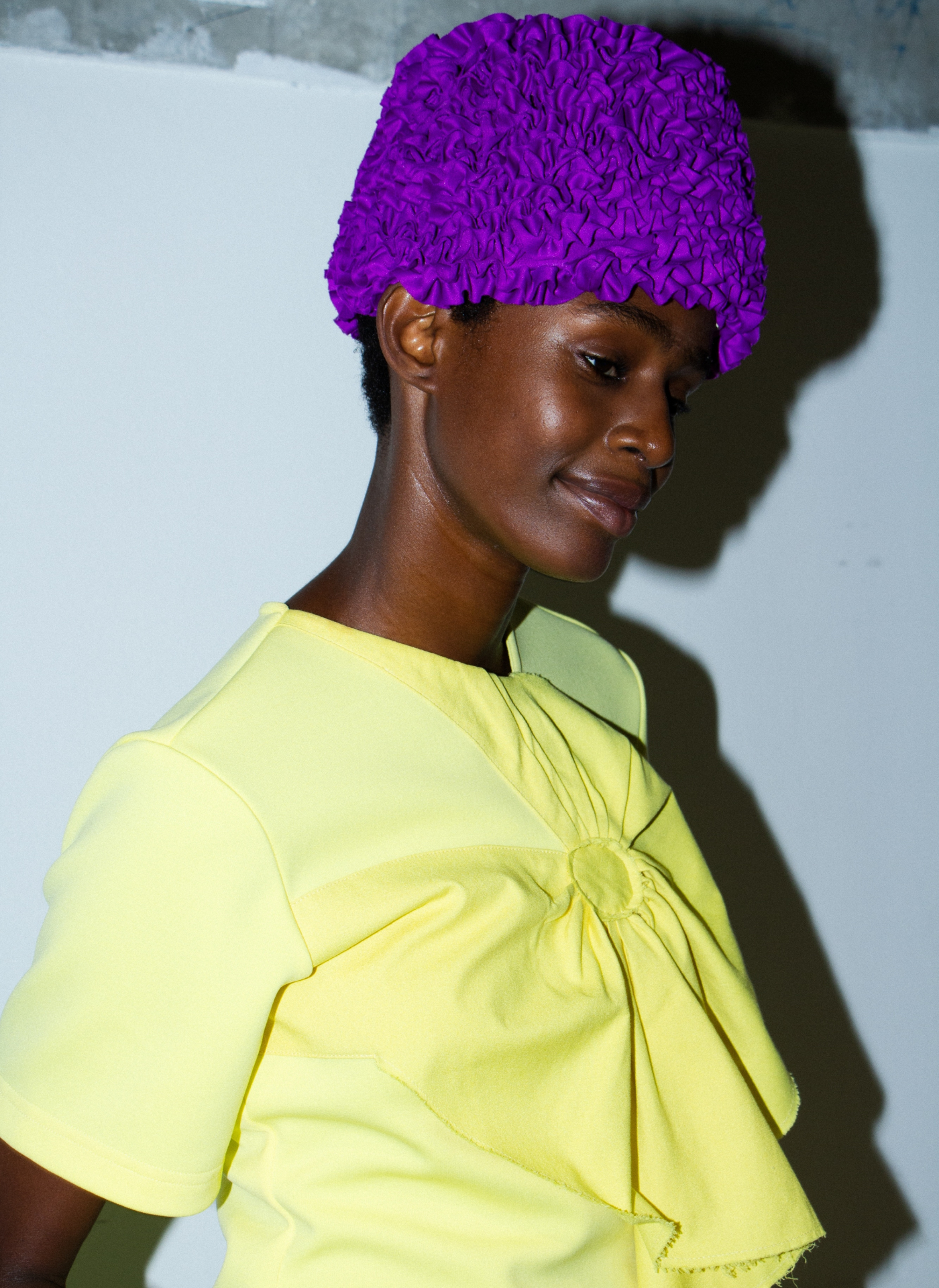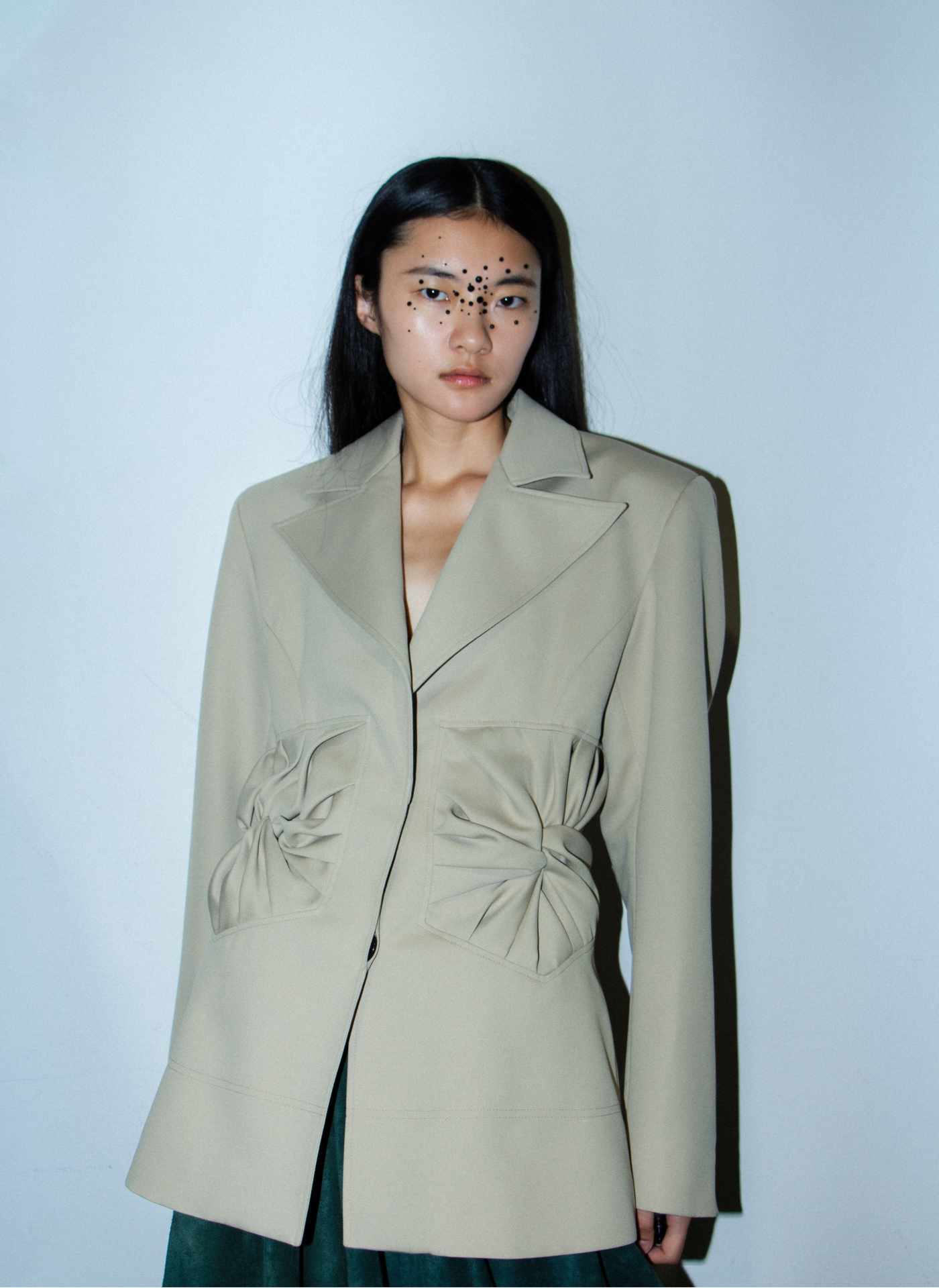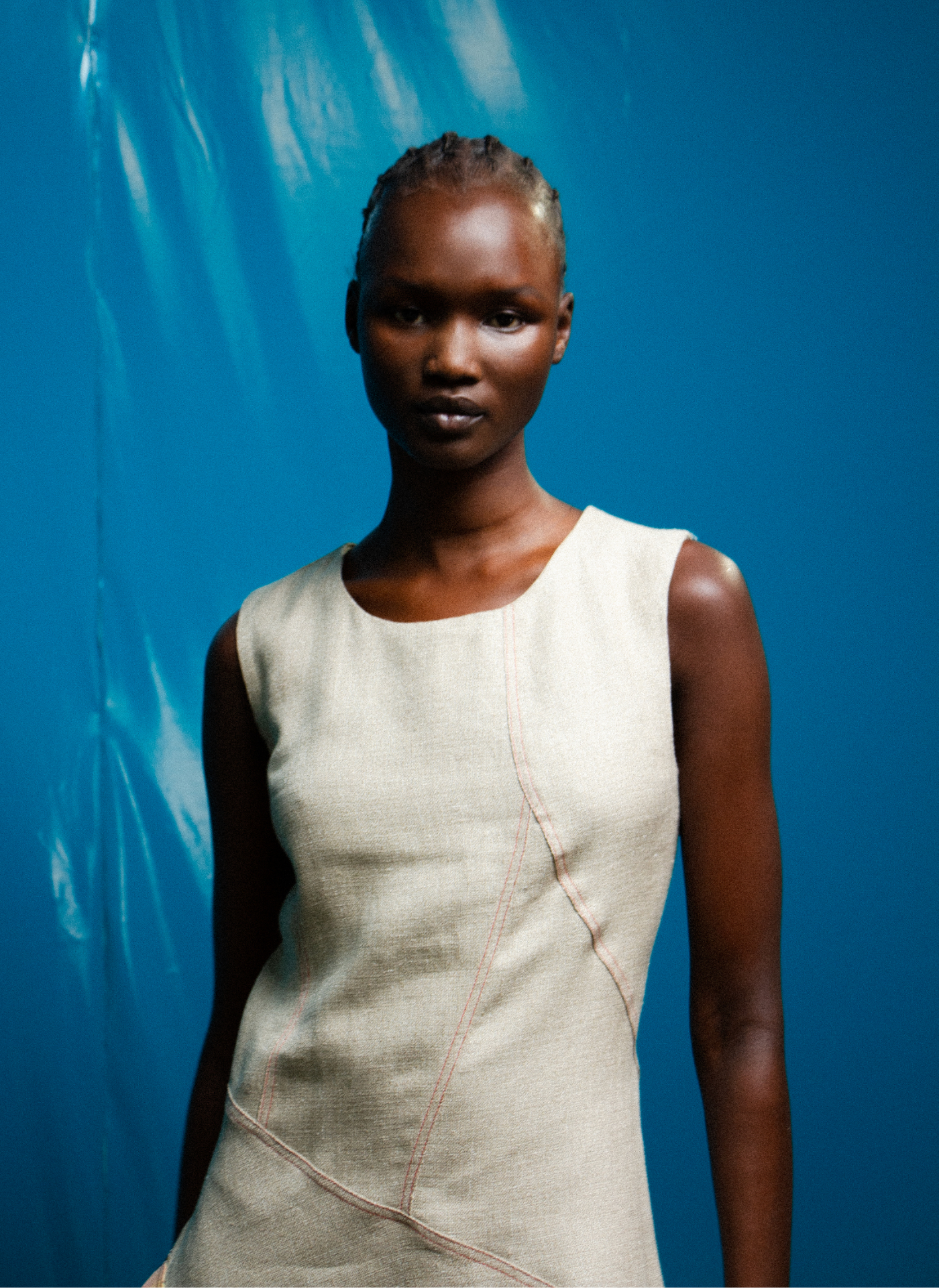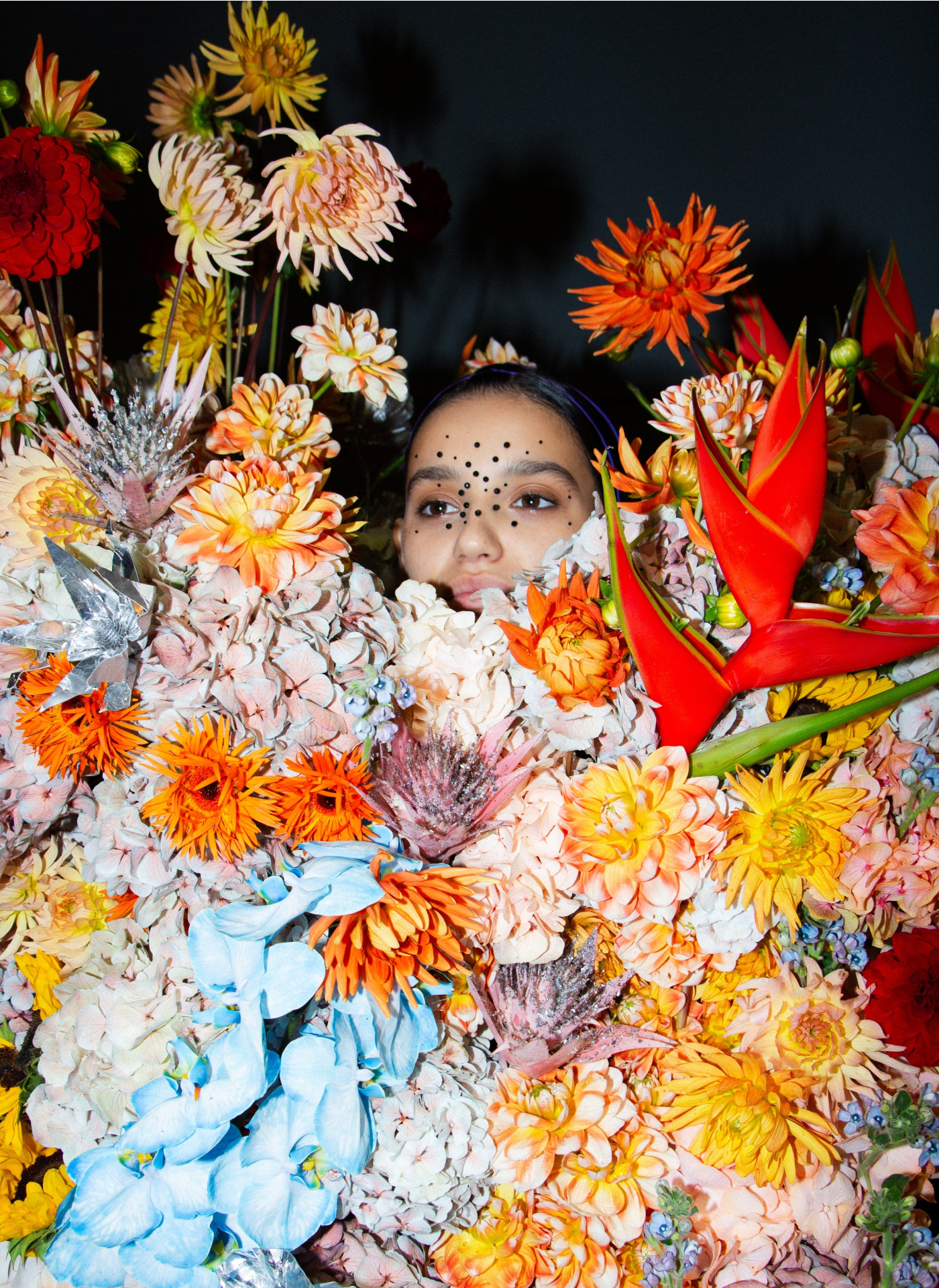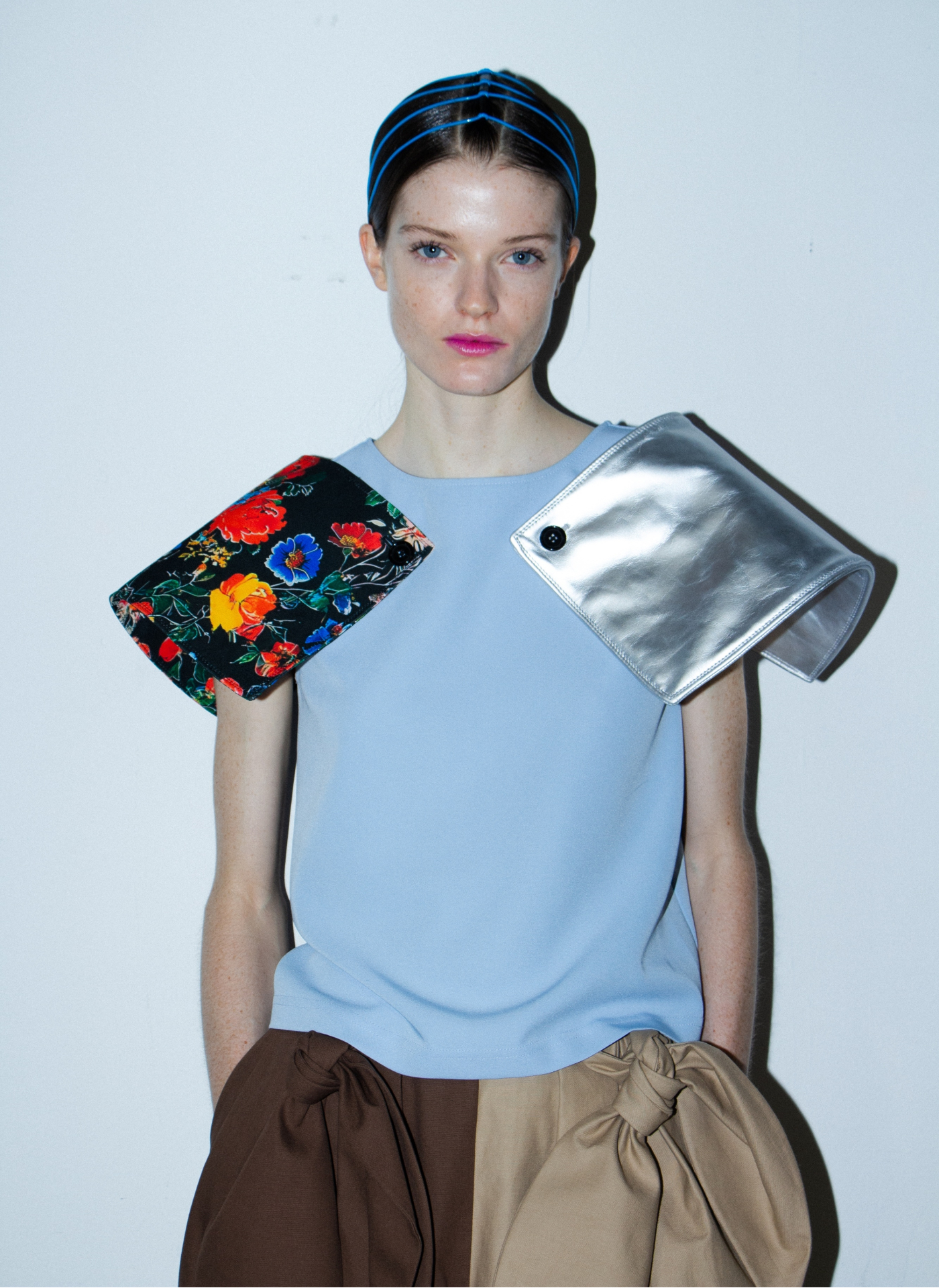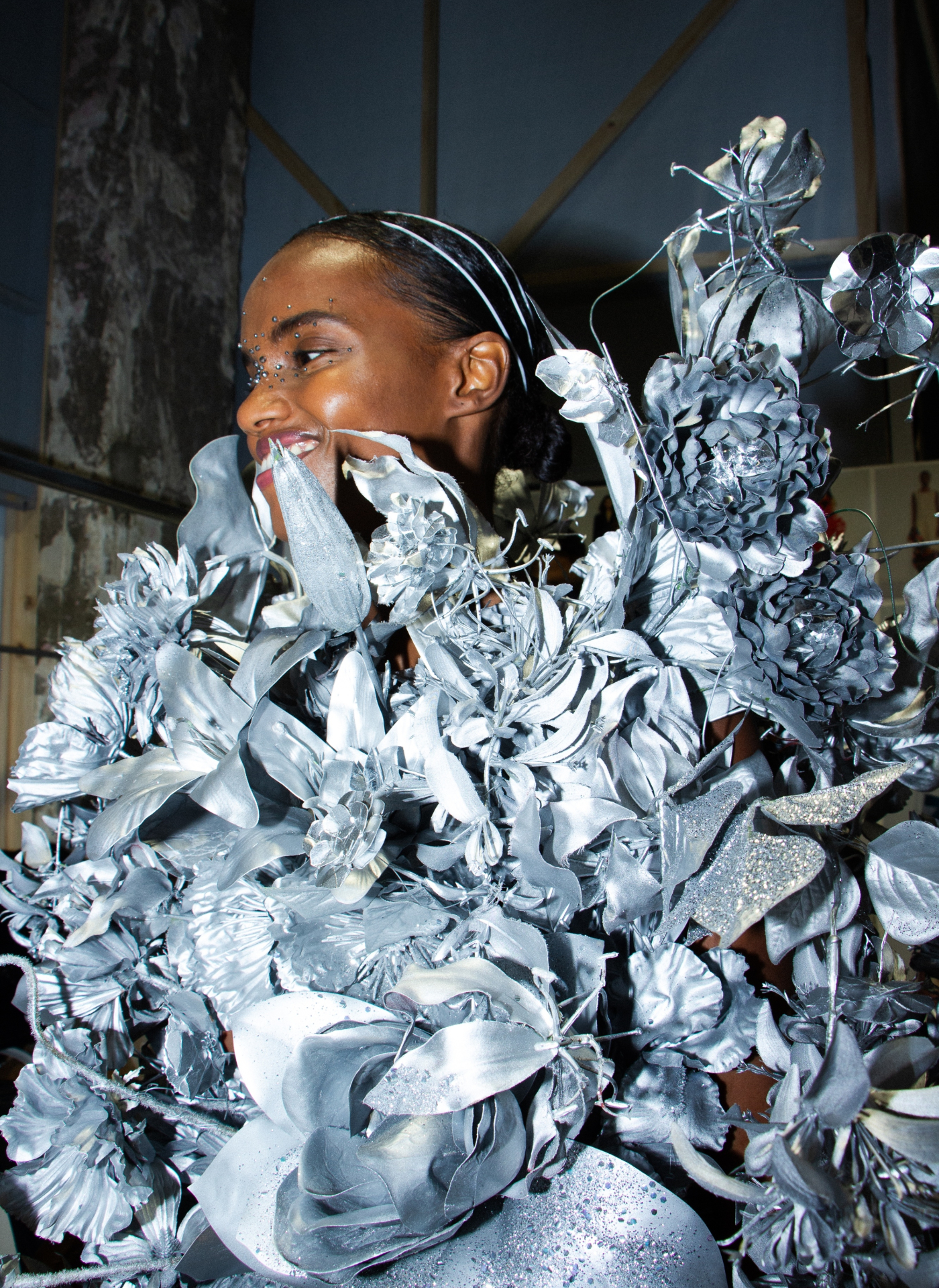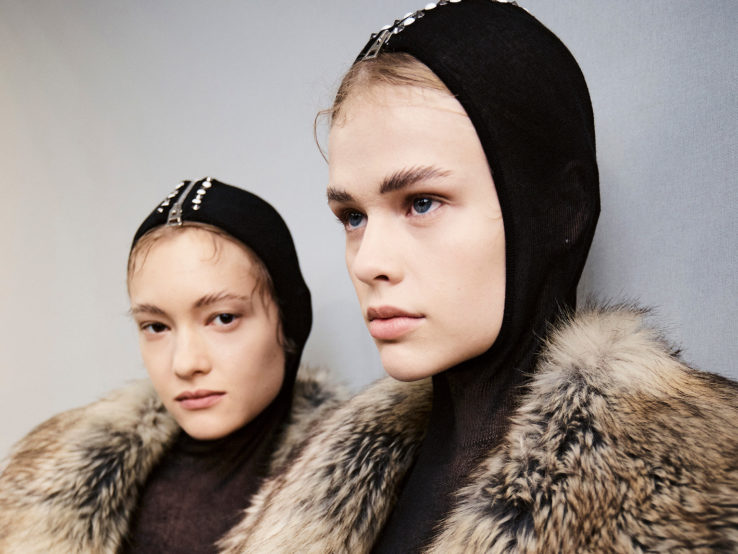M. This season, many brands and designers such as Bottega Veneta, Coperni and Balenciaga, to name but a few, have referenced the concept of the inner child and the childlike imagination in their collections. Why do you think this is?
I. A. I think it has to do with the fact that, in Western countries, childhood is generally synonymous with happiness, carefreeness and innocence. It’s a kind of sanctuary, a place of dream and wonder. And this sentiment particularly resonates with the wars, conflicts and political problems currently facing the world. I see it as a global reflection on the fact that maybe we should all think about becoming children again and try to marvel more.
M. The problem is that our world, and especially the fashion world, isn’t all it’s cracked up to be. What are some challenges – which people aren’t always aware of – when running a young independent brand?
D. A. I’d say the main issue is the financial aspect. Even if you start to be successful, there will always be money problems. We now have about ten retailers and we’re very grateful. But that doesn’t mean we’ve solved everything. So we have to keep investing and finding ways to generate funds to develop our community, and our sales.
M. This season, with your Spring-Summer 2025 collection, you set out to redefine floral prints and references with surprising pieces, some designed as giant bouquets on legs. Weren’t you afraid of being too “literal”?
D. A. The question had crossed our minds, but we chose to confront it head-on and embrace it fully. The idea was born as we sat in a beautiful garden, reflecting together. We were talking and thinking about things in life, wondering what our own garden might look like. From there, we went looking for references in my Russian culture, inherited from my mother. There are a lot of floral motifs, especially in matriochkas. This very folkloric side is something that’s ingrained in me.
I. A. From there, we started gathering inspiration for our moodboards. We had a ton of flower images all over our studio. That’s when Camille, our brand director, came to us and asked if we were really sure we wanted to do flowers for a Spring-Summer collection. She even showed us this internet meme with the famous line from the film The Devil Wears Prada, where the Runway editor-in-chief dropped a: “Florals? For spring? Groundbreaking” to her teams. It amused us and we decided to go all out. We even joked about it and referred to the scene in the film when promoting the collection on social media.
